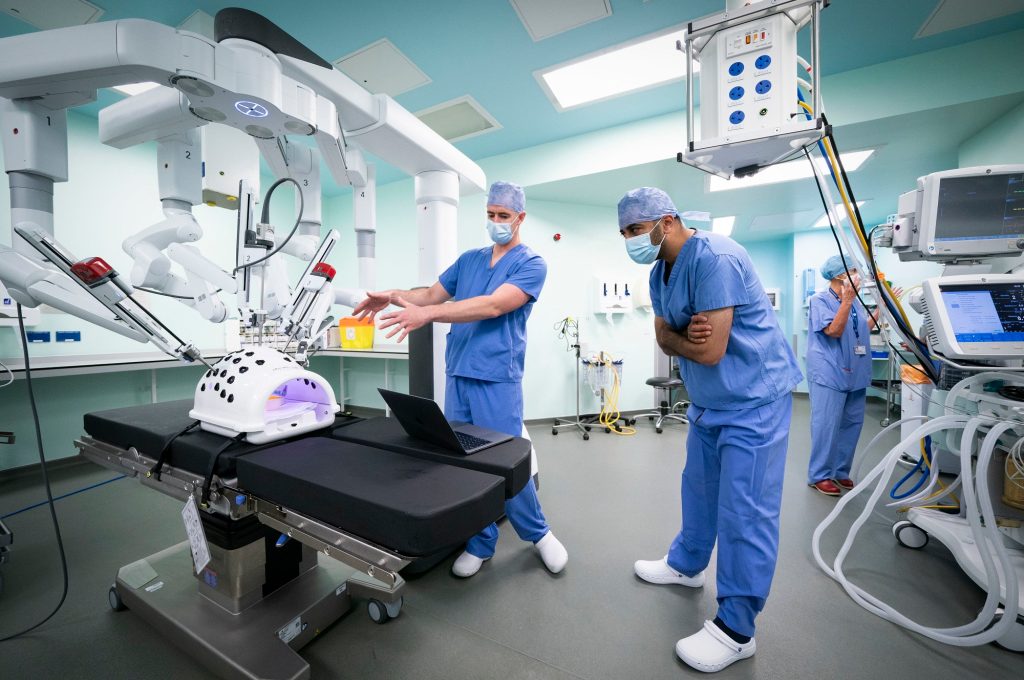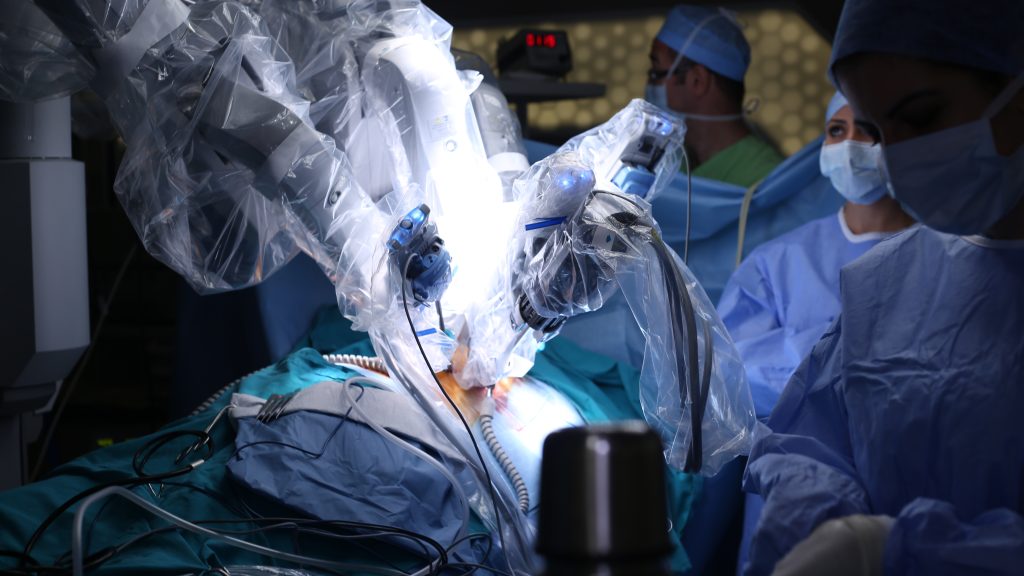In the world of medicine, there are diagnoses that sound like sentences: "inoperable tumor". These words can extinguish hopes and dreams in an instant. Today, thanks to the fusion between technology and surgery, we are witnessing the dawn of an epochal change.
For journalist Glenn Deir, this dawn transformed a sentence into a new chance at life: his locked door was opened with a scalpel by a robot "surgeon".
Glenn Deir's dilemma
Glenn Deir is not an unknown name. As a retired journalist for the Canadian network CBC, he has told many stories over the course of his career: this time, however, the story he tells is his.
Afflicted by an inoperable tumor that threatened not only his throat but also his life, Glenn was faced with a seemingly hopeless situation. The tumor, a malignant recurrence from a previous battle, had crept all the way to the back of his tongue, in a position prohibitive for human hands.
The challenge of surgery
Removing a tumor in such a delicate and complex area is not easy. It requires precision, skill and, above all, courage. As Glenn himself explained, no surgeon was willing to risk such a complex operation. The procedure would have required deep cuts in the tonsil, tongue and throat.
For this reason, in the end, he decided in mutual agreement with the doctors to perform the procedure using a robot. Da Vinci it's not just a piece of metal and circuitry. With its nimble "fingers", it can reach places that human hands find difficult, if not impossible, to reach.
Glenn described the surgery as more complicated than his own doctor, Dr. Corsten, had anticipated. Previous radiation therapy had made the tonsil stiff, and the tumor on her tongue was the size of a cherry. But, against all expectations, the surgery was a success.

Making an inoperable tumor operable
Without Da Vinci, the surgery could have had a very different outcome. Even if successful, doctors would have had to split Glenn's jaw in two to reach and remove the tumor.
Thanks to the skill of Dr. Martin Corsten and the precision of the Da Vinci robot, a single incision on the neck was enough.
Glenn's story is not only a testament to human courage, but also a prime example of how robotics is changing the face of medicine. In a world where robots are in the prospect of being able to perform surgeries autonomously, technology and humanity work together to address the greatest challenges. And win them.


